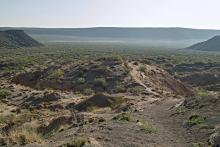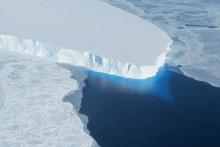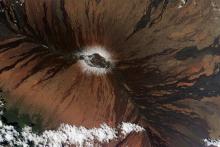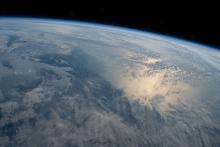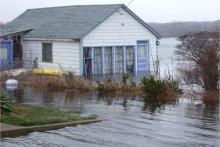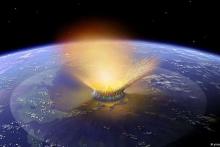Rocks from the Rio Grande continental rift have provided a rare snapshot of active geology deep inside Earth’s crust, revealing new evidence for how continents remain stable over billions of years, according to a team of scientists.
- Hometown:
Fluctuations in the weather can have a significant impact on melting Antarctic ice, and models that do not include this factor can underestimate the global impact of sea level rise, according to Penn State scientists.
Climate change could put a major fishery — and the millions of people who depend on it — at risk in one of the world’s most vulnerable regions, according to researchers.
Penn State researchers have used artificial intelligence (AI) to clear up noise in RADAR satellite data that can can help detect ground movements at volcanoes in near real time.
A new interdisciplinary planetary science initiative will focus efforts at Penn State on exploring and seeking out life in the solar system and far into the cosmos.
Penn State’s Water Council will hold an online event for individuals who are interested in learning about water events and meeting other water faculty and professional staff.
Typically, computer models of climate become more and more complex as researchers strive to capture more details of our Earth's system, but according to a team of Penn State researchers, to assess risks, less complex models, with their ability to better sample uncertainties, may be a better choice.
Artificial intelligence is affecting society worldwide, from improving medical diagnostic tools, to bolstering supply chains and refining weather forecasting, along with many more applications. Closer to home, Penn State researchers are also leveraging AI techniques in their work to advance their science.
An asteroid impact 66 million years ago may have released trillions of pounds of partially burned fossil carbon into Earth’s upper atmosphere as a cloud of black soot, significantly contributing to the ensuing global darkness, cooling and mass extinction that wiped out the dinosaurs, according to an international team of scientists.


